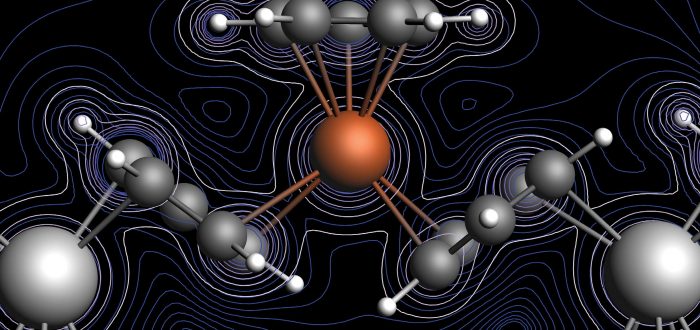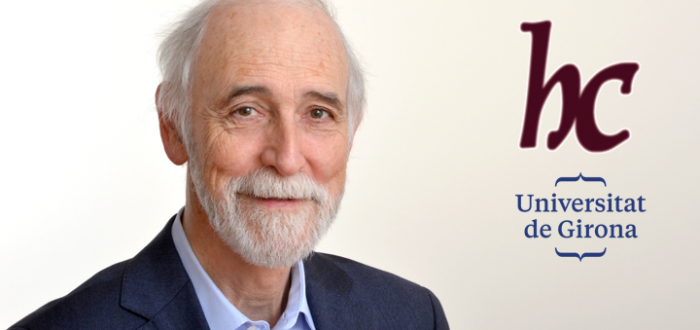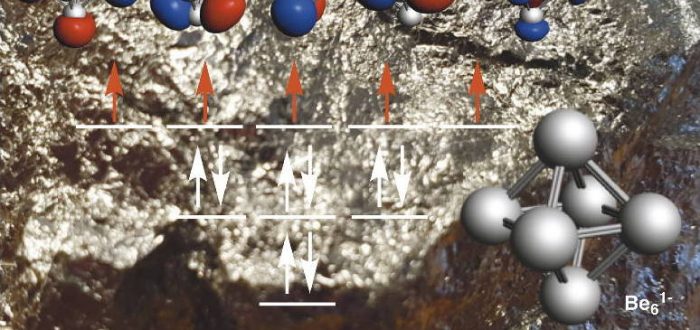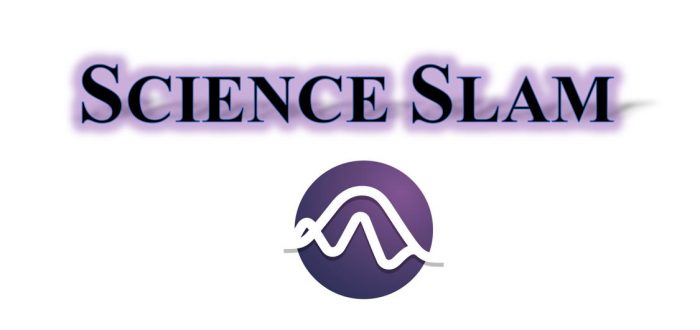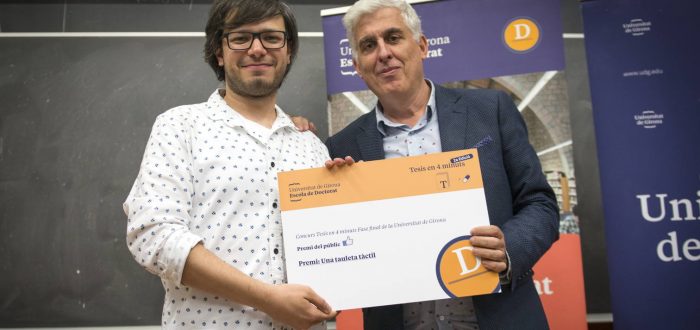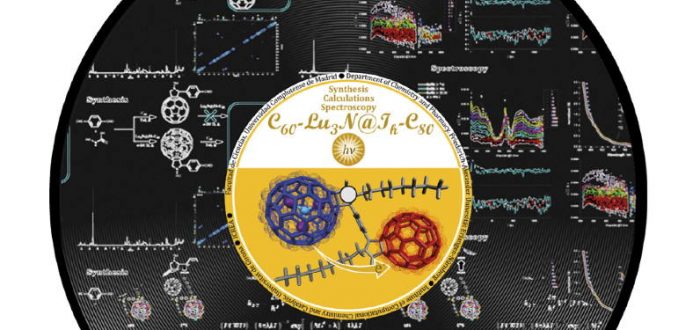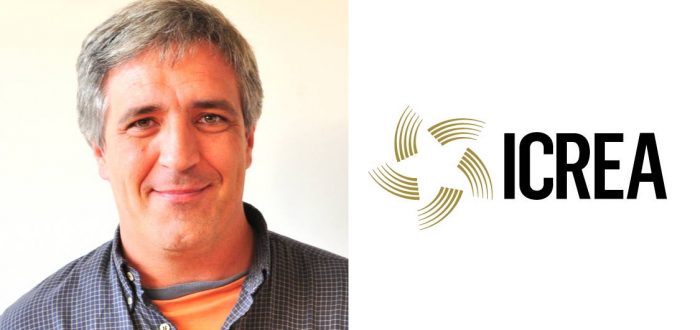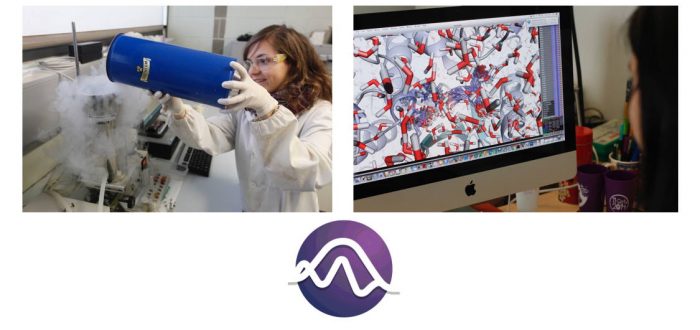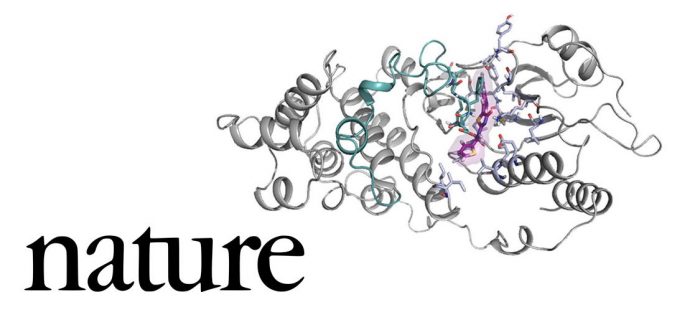Terminal oxo complexes of late transition metals are frequently proposed reactive intermediates. However, they are scarcely known beyond Group?8. Using mass spectrometry, we prepared and characterized two such complexes: [(N4Py)CoIII(O)]+ (1) and [(N4Py)CoIV(O)]2+ (2). Infrared photodissociation spectroscopy revealed that the Co?O bond in 1 is rather strong, in accordance with its lack of chemical reactivity. On the contrary, 2 has a
- sec.iqcc@udg.edu
- +34 972 41 83 57
News
Although the unusual structural, magnetic, electronic, and spin characteristics of manganocene has intrigued scientists for decades, a unified explanation and rationalization of its properties has not yet been provided. Results obtained by Multideterminantal Density Functional Theory (MD-DFT), Energy Decomposition Analysis (EDA), and Intrinsic Distortion Path (IDP) methodologies indicate how this uniqueness can be traced back
On May 9, 2019, the Universitat de Gironaconferred the Honorary Doctorate degree (Doctor Honoris Causa) of the university to Prof. Evert Jan Baerends (VU University Amsterdam) and biologist Prof. Sovan Lek (University Toulouse III). Prof. Baerends is of course well known in the field of chemistry, in particular for his contributions to density functional theory
We have derived a new set of magic numbers for metallic clusters whose last energy level of valence electrons is half-filled with same-spin electrons in the electronic structure of the jellium model. These numbers may become a powerful tool for finding stable high-spin molecules. The 2N2 + 2N + 1 with S = N +
Since 2015 the IQCC is organizing a Science Slam (first, second, third edition). Next week on Monday May 13 the IQCC organizes the fourth edition to show the most representative research projects of the Institute to a wide audience. The research carried out within each of the research teams of the IQCC will be briefly summarized by the PIs
Steven Roldán, a PhD researcher of the Institute of Computational Chemistry and Catalysis (IQCC) working in the QBIS-CAT group won today the public prize of the contest “Your thesis in 4 minutes” held at the University of Girona. It was the video with more likes. The PhD thesis of Steven, supervised by Dr. Josep M. Luís
The synthesis and characterization of a covalent all?fullerene C60?Lu3N@Ih?C80 electron donor–acceptor conjugate has been realized by sequential 1,3?dipolar cycloaddition reactions of azomethine ylides on Lu3N@Ih?C80 and C60. To the best of our knowledge, this is the first time that two fullerenes behaving as both electron donor (Lu3N@Ih?C80) and acceptor (C60) are forming an electroactive dumbbell.
The Catalan Institution for Research and Advanced Studies (ICREA) is a foundation promoted by Catalan Government whose aim is to encourage research in Catalonia. Miquel Costas, a researcher member of IQCC and ERC-Starting Grant holder won the ICREA Acadèmia awards 2018 for his research carrier. It is the third time that he receives this award (after
The Institute of Computational Chemistry and Catalysis (IQCC) of the University of Girona (UdG) is a worldwide reference unit in computational chemistry and catalysis that aims at carrying out groundbreaking research on predictive chemistry for catalysis, with special focus on the processes occurring at the confined space for the coming years. One of the pillars
A few months after the discovery how an enzyme stores the energy in our body, researchers of the IQCC have published again a paper in Nature. Ferran Feixas and Sílvia Osuna provided the computational chemistry support for the discovery that a protein related to cell stress (p38g) regulates cell division. The activation of this protein is essential


